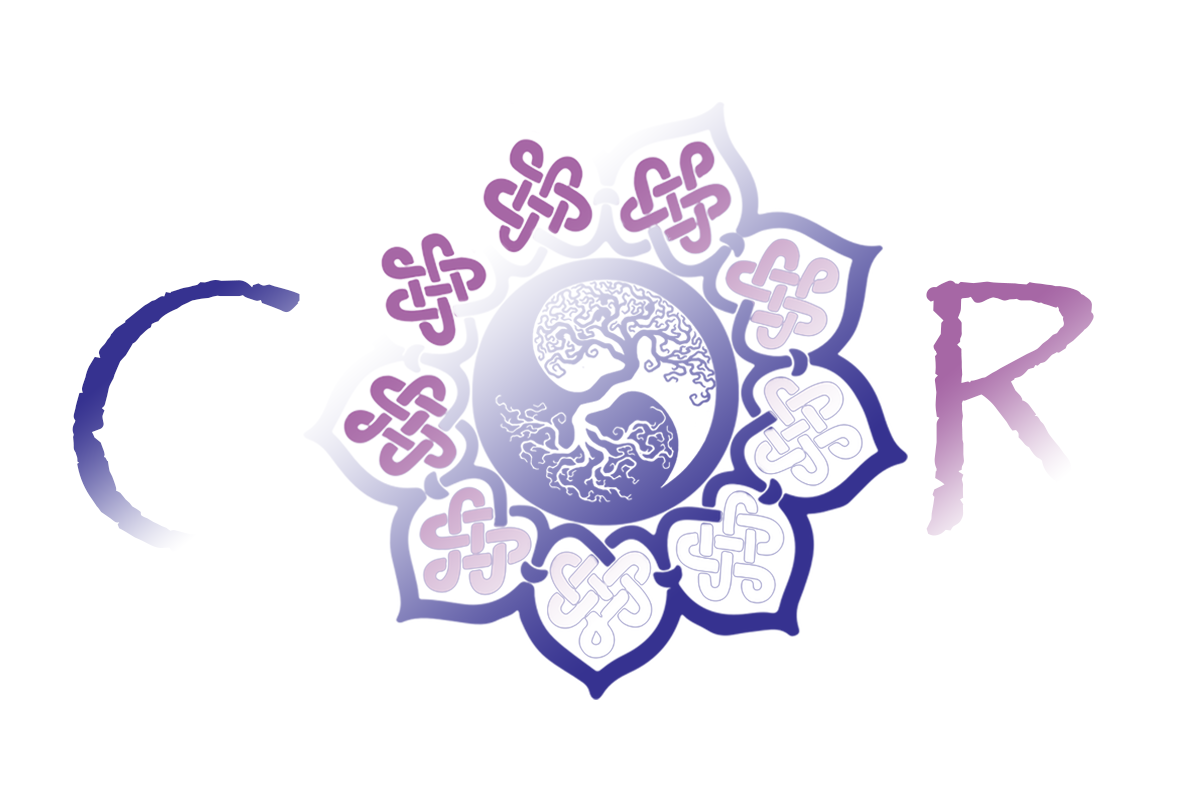Stargazers across the world can now see the ‘Planet Parade’ of 2025!
Get ready for an extraordinary cosmic event! Beginning January 21, six planets will align in a stunning display, creating a rare ‘planet parade’ that you won’t want to miss.
In January, the stars and planets are truly aligning.
Stargazers and astronomy lovers are in for a treat as they can witness a rare “planet parade” lighting up the night sky throughout January. During a planetary alignment, the planets will line up in a striking formation across the sky.
Throughout the month, the planets will grace the night sky, but the prime opportunity to witness the stunning planet parade unfolds between January 21 and February 21. Although spotting planets in the evening sky is not an unusual occurrence, witnessing four or even five bright planets simultaneously is a rare event that doesn’t take place every year.
The ecliptic is the line that defines the plane of our solar system, illustrating the path along which the planets revolve around the Sun. This phenomenon explains why we occasionally see planets seemingly drawing near to one another in the sky, as we perceive them along a line while they race around the cosmic track.
Discover the fascinating details of this rare planetary alignment and find out how to easily spot the planets in the night sky.
Which Planets Will Be Visible?
In January, the night sky will showcase a stunning display of planets, including Venus, Mars, Jupiter, Saturn, Neptune, and Uranus, all visible for your viewing pleasure. Mark your calendars for January 29, the perfect night to spot the planets. With the new moon lighting up the sky, conditions will be ideal for a clear view.
When Will the Planets Be Visible?
This month, gaze up at the night sky and witness the brilliance of Venus, Saturn, and Jupiter shining brightly in the early evening hours. However, for those hoping to catch a glimpse of Uranus and Neptune, special equipment will be necessary, as they remain hidden from view. Mars will shine brightest in the western sky during the early morning twilight.
Where Will the Planets Be Visible?
Throughout the month, the planets will grace the skies of the Northern Hemisphere, offering a stunning celestial display. People across Canada, Mexico, the U.S., and Europe will have the opportunity to witness the stunning planet parade on a clear night.
The Best Way to Watch the Planets in the Night Sky
Seeing the planets will rely on the time of day and their distance from Earth at that moment. For example, the best time to observe Venus, Saturn, and Jupiter is after sunset, typically around 7 p.m. local time, when they shine brightest, while the best time to observe Mars is before sunrise.
In mid-January, Venus and Saturn will showcase a stunning proximity, reaching their closest alignment between January 17 and 18.
Experience the wonders of the night sky as Mars, Venus, Jupiter, and Saturn shine brightly, all visible without any special equipment. Just look up and enjoy the celestial show! To truly appreciate the beauty of Neptune and Uranus, a telescope is essential for a clear view of the night sky.
Looking Ahead: More Celestial Delights
Mark your calendars! The next stunning planetary alignment is set to grace the skies on February 28. Stargazers can catch a glimpse of Saturn, Mercury, Neptune, Venus, Uranus, Jupiter, and Mars lighting up the evening sky.
If our work has made a positive impact on your life, we kindly ask for your support so we can continue our work. Thank you!
Now, you can follow Conscious Reminder on Facebook & Instagram!
∼If you like our article, give Conscious Reminder a thumbs up, and help us spread LOVE & LIGHT!∼
